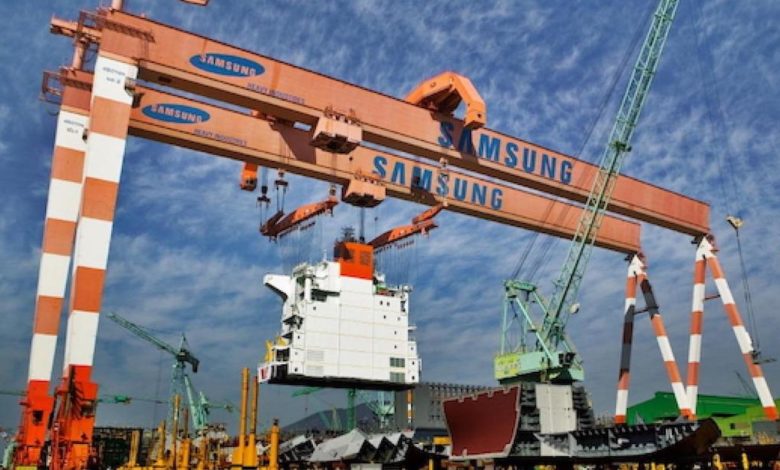Series of ammonia-powered boxships under negotiation with selected yards

A contract for a series of ammonia-powered containerships is in the offing.
MB Shipbrokers, formerly known as Maersk Broker, is reporting that selected yards have been approached by an unidentified company for a series of post-panamax ammonia dual-fuel vessels.
“With no ammonia fuel designs immediately ready, the project will likely to be on the drawing board and under discussion for some time before the outcome is known,” the Danish broker noted in its latest weekly container report.
Yara Clean Ammonia, part of Norwegian ammonia and fertilizer manufacturer Yara, and liner operator North Sea Container Line joined forces last November to deliver the world’s first containership that will use pure ammonia as fuel.
From 2026 the ship named Yara Eyde will operate between Oslo, Brevik, Hamburg and Bremerhaven. Where it will be built has yet to be revealed. This newbuild is far smaller than the post-panamax series mentioned by MB Shipbrokers.
Ammonia as shipping’s ultimate alternative fuel has been gaining a lot of traction of late. The International Energy Agency (IEA) said in a recent update of its Net Zero by 2050 report that shipping will primarily turn to ammonia to decarbonise the sector.
Belgian owner Exmar is expected to become the first shipowner in the world to take delivery of ammonia powered ships in the first half of 2026. Exmar has two 46,000 cu m LPG carriers under construction at Hyundai Mipo Dockyard, with these ships set to be able to operate on ammonia or LPG.
Engine maker MAN Energy Solutions revealed it is on track to deliver its first ammonia engine in late 2024, with the full commercial release of the two-stroke engine set for 2025.
Working with the world’s largest boxship lessor Seaspan, the Mærsk Mc-Kinney Møller Center for Zero Carbon Shipping showcased last year the design of an ammonia dual-fuel 15,000 teu container vessel.
The unit has been designed to run on very low sulphur fuel oil (VLSFO) and ammonia and sports an 11,600 cu m non-pressurised ammonia type B tank. It can run at 16 knots and travel 12,000 nautical miles, while the extended endurance of fuel gives it 18,500 nautical miles. The project is connected to the SABRE Consortium, focusing on developing and demonstrating an ammonia supply chain in Singapore.
